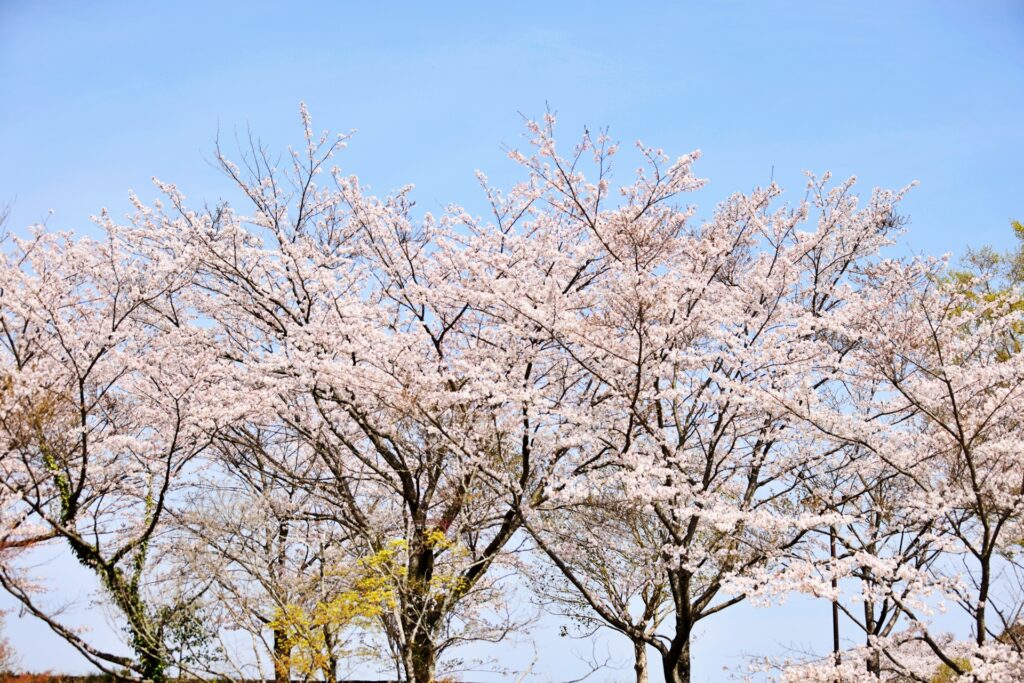2024 Best & Worst Seasons to Travel Japan
Are you dreaming of wandering through the bustling streets of Tokyo, marveling at the serene beauty of cherry blossoms, or gazing in awe at the majestic Mount Fuji? If so, you’re not alone. Japan has long been a top destination for travelers seeking a blend of rich culture, stunning landscapes, and modern marvels. But with its distinct seasons and varied attractions, choosing the best time to visit can be a challenge. Fear not, as we’ve got you covered with a comprehensive guide to experiencing Japan at its finest in 2024.
Best Time to Visit Japan
Cherry Blossom Blooming: Late March through Early April

For many travelers, witnessing the ethereal beauty of cherry blossoms in full bloom is a bucket-list experience. The sakura season typically begins in late March to early April, although exact timing can vary depending on location and weather conditions. To catch the cherry blossoms at their peak, aim to visit major cities like Tokyo, Kyoto, and Osaka during this time. Keep an eye on the sakura forecast, or “sakura zensen,” which predicts the progression of the cherry blossoms across Japan, allowing you to plan your visit accordingly.

Mount Fuji Opening: Early July through Early September
Mount Fuji Opening in 2024: July 1, 2024 through September 10, 2024
No visit to Japan would be complete without beholding the iconic silhouette of Mount Fuji. The climbing season for Mount Fuji typically runs from early July to early September, when the weather is most favorable and the mountain’s trails are open to hikers. If you’re keen on conquering Japan’s highest peak, plan your trip during these months and prepare for an unforgettable adventure. Keep in mind that weather conditions can change rapidly, so be sure to check the forecast and pack accordingly.
Visit the official website for the latest information: https://www.fujisan-climb.jp/en/index.html
Red Leaves Season: October through November
Spring’s cherry blossoms captivate; autumn’s red, orange, and gold foliage offer a stunning spectacle. “Koyo” season, from late October to early December, varies by region. Kyoto’s Arashiyama, Nikko’s Toshogu Shrine, and Japan Alps are popular spots. Exploring Japan during this time promises picturesque landscapes and a cozy atmosphere, perfect for leisurely strolls and outdoor adventures.
Worst Time to Visit Japan
Avoiding peak travel seasons in Japan enhances your experience by minimizing crowds, expenses, and fostering authentic cultural immersion. New Year, Golden Week, and Obon holidays are three such periods when domestic travel surges. This leads to overcrowded attractions, inflated prices, and limited availability of accommodations.
New Year Holidays: Late December through Early January
New Year Holidays in 2024/2025: December 28, 2024 through January 5, 2025
“Shogatsu,” Japan’s celebrated New Year, brims with cultural customs. Many businesses close during early January, impacting services. Tourist sites like temples see increased foot traffic, leading to queues and crowded spaces.
Golden Weeks: Late April through Early May
New Year Holidays in 2024: April 27, 2024 through May 6, 2024
Avoid Golden Week for a more relaxed and affordable travel experience. This period, spanning late April to early May, sees a surge in domestic travel as many Japanese take advantage of the extended break. Consequently, transportation becomes crowded, hotel rates soar, and tourist attractions teem with visitors. To fully immerse in Japan’s rich culture and breathtaking landscapes, steer clear of these peak travel periods. Explore the country at your own pace while avoiding the pitfalls of overcrowding and inflated prices.
Obon Holidays: Mid-August
Obon Holidays in 2024: August 10 – 17, 2024
During Obon, typically observed in mid-August, many Japanese people return to their hometowns to pay respects to their ancestors. This mass exodus results in crowded transportation hubs, congested highways, and fully booked accommodations in popular tourist destinations. While Obon offers a unique opportunity to witness traditional rituals and festivities, navigating through the crowds can be overwhelming for some travelers, detracting from the overall enjoyment of your trip.
Summer Heat: July through August
While Japan offers a myriad of attractions year-round, it’s worth noting that summer, particularly July and August, can be challenging for some travelers due to the hot and humid weather. Temperatures often soar above 30°C (86°F) in many parts of the country, accompanied by high humidity levels that can make outdoor activities uncomfortable. Additionally, summer is also the peak of Japan’s rainy season, known as “tsuyu” or “baiu,” bringing frequent showers and occasional typhoons. While summer festivals and events abound during this time, those sensitive to heat or humidity may find it more enjoyable to explore Japan during the milder seasons of spring, autumn, or even winter. By planning your trip accordingly, you can optimize your Japan experience and make the most of your time in this captivating destination.
Conclusion
In summary, Japan’s calendar is dotted with a rich tapestry of seasonal highlights and cultural festivities, each offering its own unique allure. Whether you’re captivated by the delicate beauty of cherry blossoms, the fiery hues of autumn foliage, or the solemnity of traditional rituals, there’s a perfect time to visit Japan in 2024 to suit every traveler’s preferences. So mark your calendar, plan your itinerary, and get ready to embark on an unforgettable journey through the Land of the Rising Sun.
- Buying a Japan Rail Pass (2024): Why Choose Klook
- Hello Kitty & Sanrio Hotel Rooms in Japan (2024): A Complete List
- The Best Universal Studios Japan Hotels (2024): Efficiency Elevated
- The Best Hoshinoya Hotels in Japan (2024): Embark on a Journey of Luxury
- Japan’s Robot Hotel (2024): Where the Future of Hospitality Awaits




Comments